Have you ever watched a movie and experienced a profound connection to it, as if it was tailor-made just for you? That's how I felt watching Disney's animated film, Raya and the Last Dragon.
The second Raya appeared on-screen, memories of the remarkable women I grew up with came rushing in a flood: my stubborn cousins, my nurturing mother, my best friend from uni (who acts like my mother), and above all, myself.
As an Indonesian seeing aspects of my culture showcased in Hollywood, it filled me with such joy to witness cultural representation done right. The story touched my heart, fulfilling the dream my inner-child always wanted: a Disney princess I could finally relate to.
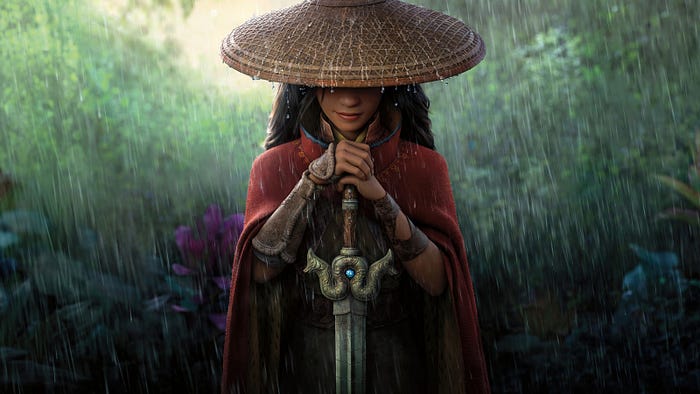
The film follows the adventurous journey of Raya, a young warrior, as she quests across the divided land of Kumandra in search of the last dragon.
The narrative draws inspiration from the diverse melting pot of Southeast Asia — Thai, Indonesian, Vietnamese, Filipino, Singaporean, etc. As someone with a deep understanding of these cultures, I felt an immediate connection to the story and recognized familar elements in the tiniest of details.
The stunning visuals and authentic representation of where I was raised brought streams of tears down my brown face. It's a cultural feast for the eyes and the soul, and it delights me to share with you why Raya and the Last Dragon is a must-see masterpiece for any peanut.
Mendengar — What I Heard
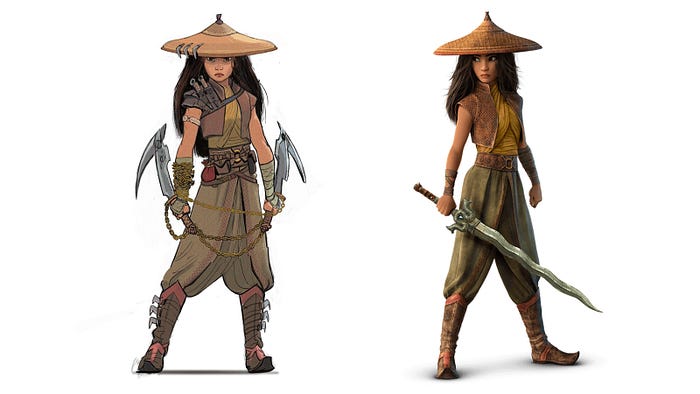
Hearing the name Raya was reason enough for me to celebrate — finally, a Disney character who represents my culture in a powerful way. The word, 'Raya' taken from "merayakan" in Bahasa Indonesia literally means 'to celebrate' — it was entirely fitting.
We also recognise foundational ingredients to Southeast Asian cuisine when Chief Benga garnishes a Tom Yum-inspired dish in the kitchen with young Raya: "…shrimp paste from Tail, lemongrass from Talon, bamboo shoots from Spine, chilis from Fang, and palm sugar from Heart."
This attention to authenticity goes beyond familiar words or ingredients. In the film's soundtrack, you'll hear traditional Indonesian instruments like the Sundanese angklung and the Balinese genggong and gamelan sprinkled throughout the tracks.
Hearing these instruments flashed back memories of my middle school years, when my teachers coaxed my classmates and I into learning 'Kicir Kicir' on the angklung, to later perform in front of our parents. This film reminded me of that, and I was grateful for the memory.
These instruments added a whole new layer of authenticity to the soundscape, kicking off animation in a way that felt like being wrapped in a warm blanket... but through sound. And I was living for it.
Melihat — What I Saw
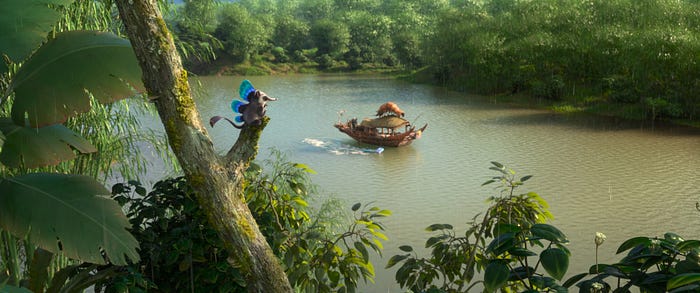
From awe-inspiring landscapes to intricately designed costumes, the five regions of Kumandra — Tail, Talon, Spine, Fang, and Heart — vividly portray the diverse and rich cultures of Southeast Asia.
Think lush rainforests, vibrant rice terraces, bustling floating markets, intricate patterned fabrics, detailed wood carvings, and iconic tiered roofs.
When combined with the film's adept incorporation of elements from various ethnic groups into its story, characters, and setting, it's something truly brilliant.
For instance, not only do the characters share this importance towards food and sharing meals, but young Raya also takes off her shoes when entering the Dragon Gem chamber, showing respect for a sacred place.
When we see Raya's homeland, Heart, we are treated to a display of traditional Indonesian fabrics including songket (a handwoven textile) and batik (an Indonesian fabric dyeing method).
Seeing it on-screen felt like a nostalgic journey through my parent's closet, reminding me of Batik Fridays and the times I had to squeeze myself into formal kebaya dresses.
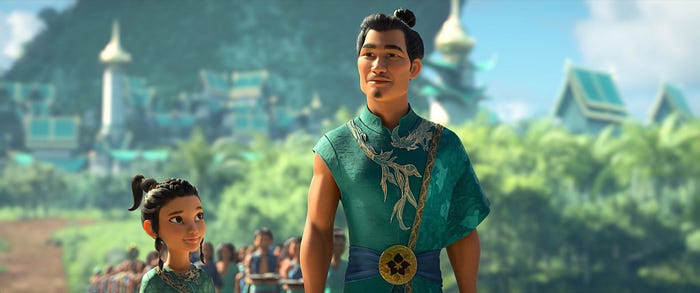
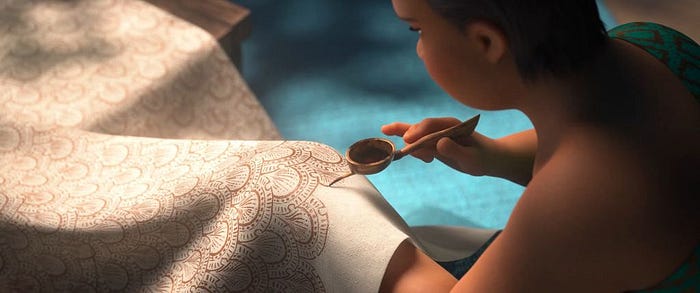
These little details add depth to the film's setting, allowing viewers to completely immerse themselves in the riches of Southeast Asian culture. Watching the film, I couldn't stop noticing (aloud mind you) the many details I could recognise in sight and feeling:
The playful guards laughing at monkeys and children, Raya's kris dagger and pencak silat fighting style, the shrimp congee, bowing your head whilst adding in a hand gesture.
I appreciated it all. The only thing I missed seeing was the Asian squat. Throw that in and the references for this film would've been gold.
Merasa — What I Felt
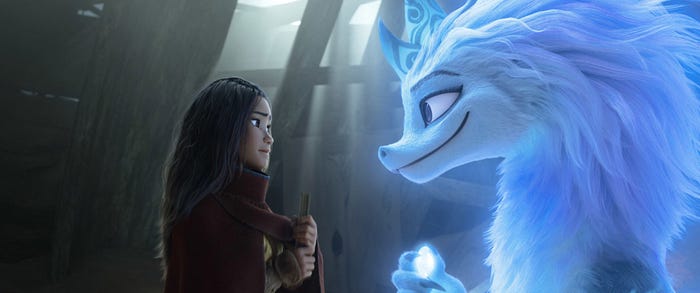
What truly resonated with me in this film was its emphasis on themes of community, trust, and unity — values deeply ingrained in all Southeast Asian culture. In Raya's journey, she learns the importance of working together and placing trust in others, even in the face of seemingly impossible challenges.
This spirit of togetherness is beautifully exemplified by the Javanese concept of "gotong royong," taught to every Indo-kid across the country. It roughly translates to 'mutual aid' or 'co-operation'; a communal approach to overcoming obstacles and achieving shared goals.
Rather than appropriating Indonesian culture for the sake of a trendy aesthetic, the film embraces and honors its influences. Raya embodies the spirit of many Indonesian women I grew up around: one of leadership and fearlessness, the underlying head of the household whose love of family surpasses all else.
A woman who shares the responsibility for others around her, but inspires them to find strength in unity, courage in adversity, and hope in despair.
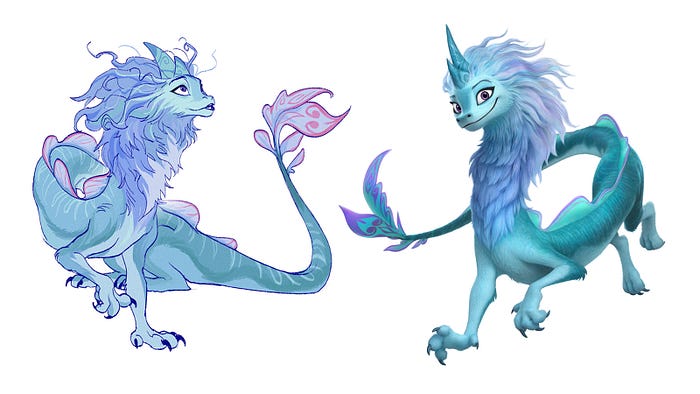
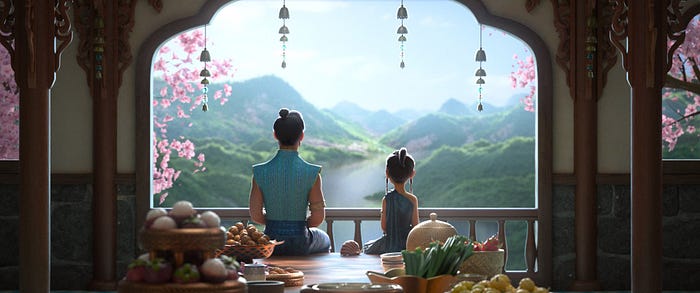
Raya: Beyond Animation
I see Raya and the Last Dragon as a remarkable celebration of Southeast Asian culture. As a child, I would've been captivated by this film. But watching it as an adult took on a whole new meaning.
It was released in 2021. I felt it served as a reminder to trust and support others in a time when the pandemic was at its peak, and trust was harder to come by.
Even though the film isn't focused on one particular culture, but rather a mix of many, I still see it as a nod towards Indonesia. After all, it isn't just one country or one place; it's a mosaic of millions spread across thousands of islands, coming together under the colours red and white.
In essensse, Raya serves as a vibrant tribute to the creativity, resilience, and beauty of Southeast Asia. Through Raya and the Last Dragon, the world caught a glimpse of the richness of our culture and heritage, leaving women like me filled with elation and an immense sense of pride.
Follow for more trash thoughts on Indonesian culture, personal development, and whatever else my brain farts.
